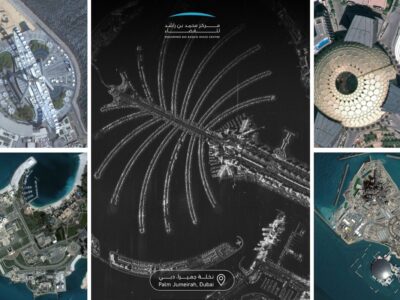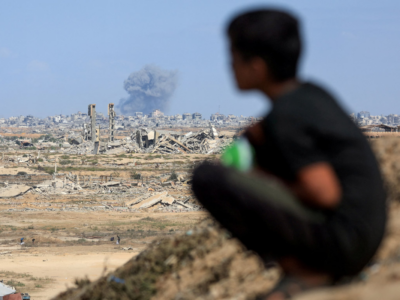The night skies over Saudi Arabia’s AlUla Governorate were seen like never before after a photograph taken in the region was selected by the NASA as the “Astronomy Picture of the Day” this week.
The image, published by NASA on August 25 under the title “The Meteor and the Star Cluster,” shows a green glow from a meteor crossing the Pleiades star cluster in a one-hour-long exposure.
It marks the first time an image captured from AlUla has appeared on NASA’s platforms, reinforcing the governorate’s global reputation as a destination for stargazing and astrophotography.
NASA highlights Saudi photograph taken in AlUla
The photograph was taken between Hegra, a UNESCO World Heritage Site, and Gharameel Nature Reserve—the only two sites in the Gulf to hold the prestigious Dark Sky designation from DarkSky International.
This recognition was made possible with the support of Manarat AlUla, which is responsible for protecting the region’s pristine night skies and strengthening its position in astro-tourism.
AlUla’s skies rank among the top 5 per cent of observing sites worldwide for darkness and lack of light pollution, offering conditions ideal for astronomy enthusiasts.
Nasa credited the image to Yousif Alqasimi and Essa Al Jasmi.
Accompanying the stunning image on social media, NASA said: “Sometimes even the sky surprises you. To see more stars and faint nebulosity in the Pleiades star cluster (M45), long exposures are made.
“Many times, less interesting items appear on the exposures that were not intended — but later edited out. These include stuck pixels, cosmic ray hits, frames with bright clouds or Earth’s Moon, airplane trails, lens flares, faint satellite trails, and even insect trails.
“Sometimes, though, something really interesting is caught by chance. That was just the case a few weeks ago in al-Ula, Saudi Arabia when a bright meteor streaked across during an hour-long exposure of the Pleiades.
“Along with the famous bright blue stars, less famous and less bright blue stars, and blue-reflecting dust surrounding the star cluster, the fast rock fragment created a distinctive green glow, likely due to vaporised metals”.
Officials noted that the NASA recognition affirms AlUla in Saudi Arabia’s growing status as a leading global destination for astro-tourism, where visitors can experience exceptional nightscapes and explore the wonders of the universe.








